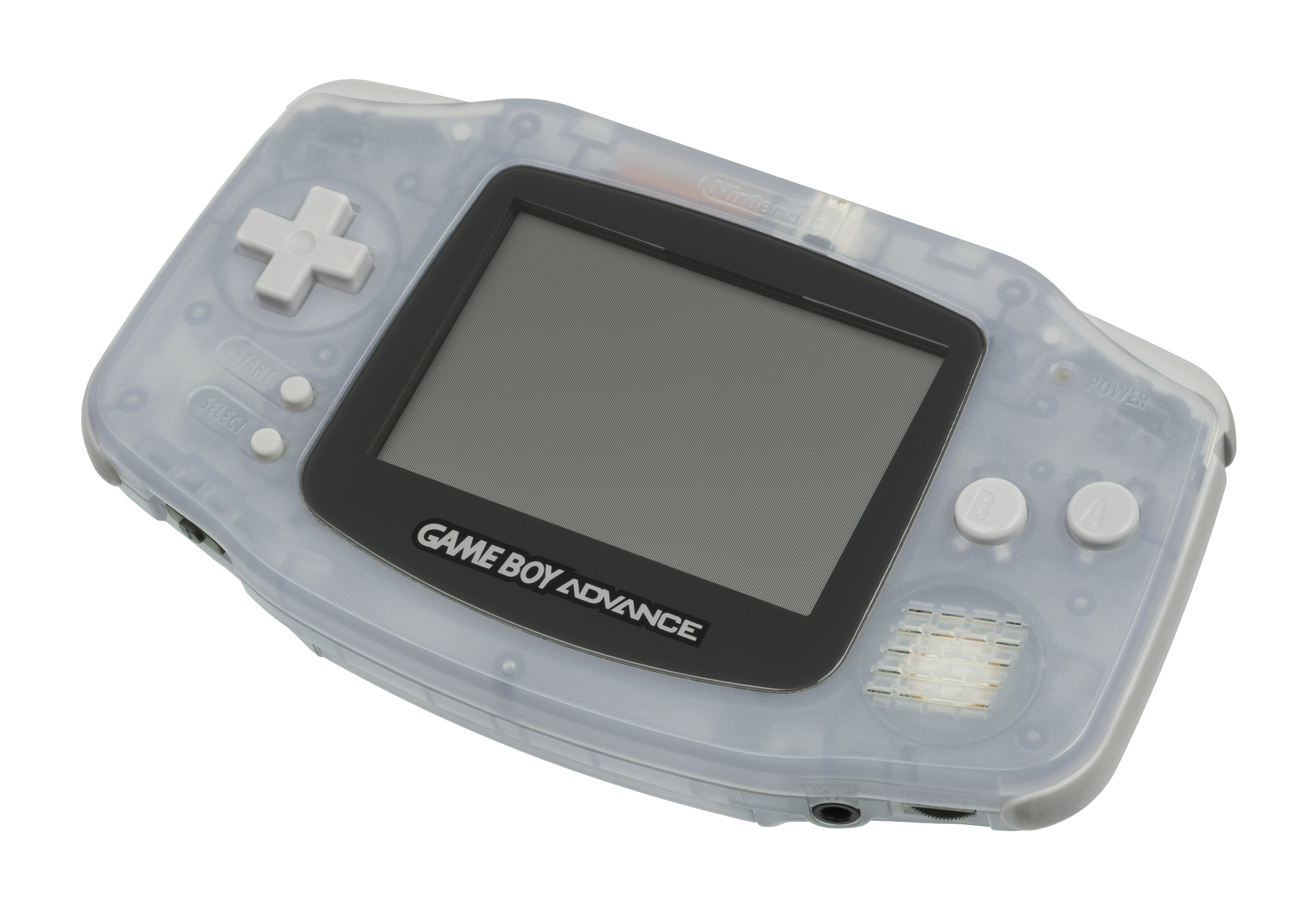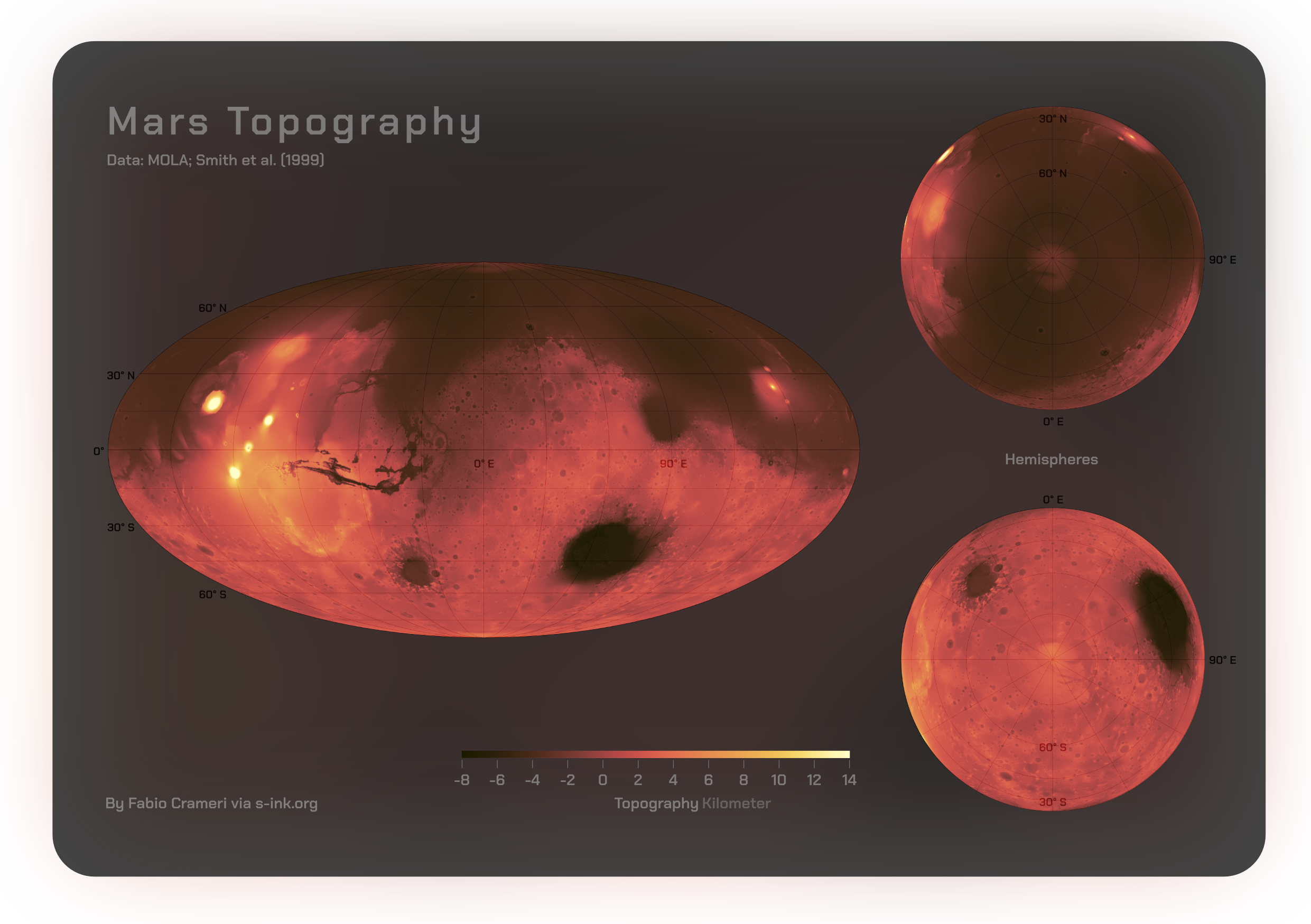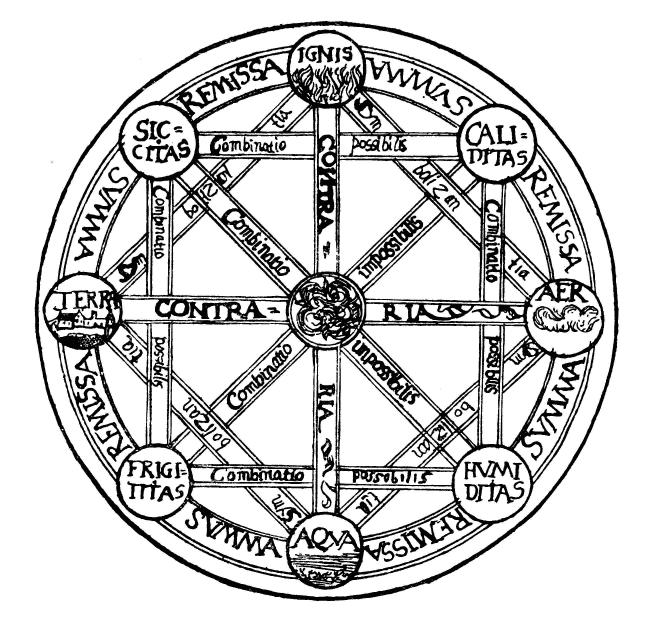|
Golden Sun (video Game)
''Golden Sun'' is a 2001 role-playing video game developed by Camelot Software Planning and published by Nintendo for the Game Boy Advance. The game follows a band of magic-attuned teenagers called Adepts on a mission to protect the world of Weyard from alchemy, a potentially destructive power that was sealed away long ago. During their quest, the Adepts develop new magic abilities called Psynergy, assist others, and learn more about why alchemy was sealed away. ''Golden Sun'' is followed by a sequel, '' The Lost Age'', which together form a complete story. ''Golden Sun'' was released in August 2001 in Japan, November 2001 in North America, and February 2002 in Europe. It began as a single planned game for the Nintendo 64, but production shifted to the Game Boy Advance over the course of development. After facing hardware constraints, the developers decided to split the game into two. ''Golden Sun'' was critically and commercially successful, being the top-selling game for fou ... [...More Info...] [...Related Items...] OR: [Wikipedia] [Google] [Baidu] |
Camelot Software Planning
(trade name, doing business as Camelot! Software Planning) is a Japanese video game developer established in 1994 and headquartered in Shinjuku, Tokyo. It is known for developing sports games, particularly in Nintendo's ''Mario (franchise), Mario'' franchise. History Camelot was founded on April 4, 1994 by Shugo Takahashi, the brother of producer Hiroyuki Takahashi, with the intention of developing games for Sony's PlayStation."My history with golf, vol. 22: Camelot Co., Ltd., president and CEO Hiroyuki Takahashi and executive vice president Shugo Takahashi「わたしのゴルフ履歴書〜Vol.22〜株式会社キャメロット 高橋宏之代表取締役社長、高橋秀五代表取締役副社長」. ''Gridge'' Da-Bird, 2020. Archived frothe originalon 2023-03-27. They developed their first game, ''Beyond the Beyond'', while providing assistance to Sonic! Software Planning on ''Shining Wisdom''. They would then provide assistance on Sonic's next game, ''Shining the Holy ... [...More Info...] [...Related Items...] OR: [Wikipedia] [Google] [Baidu] |
Nintendo Power
''Nintendo Power'' was a video game news and strategy magazine from Nintendo of America, first published in July/August 1988 as Nintendo's official print magazine for North America. The magazine's publication was initially done monthly by Nintendo of America, then independently, and in December 2007 contracted to Future US, the American subsidiary of British publisher Future plc. Its 24-year production run is one of the longest of all video game magazines in the United States and Canada. On August 21, 2012, Nintendo announced that it would not be renewing its licensing agreement with Future Publishing, and that ''Nintendo Power'' would cease publication in December. The final issue, volume 285, was released on December 11, 2012. On December 20, 2017, a podcast version of ''Nintendo Power'' was launched, which ran until 2023. It was hosted by Chris Slate, the former Editor-in-Chief of the magazine. The podcast is on hiatus as of 2025. History ''Nintendo Fun Club News'' prece ... [...More Info...] [...Related Items...] OR: [Wikipedia] [Google] [Baidu] |
3D Computer Graphics
3D computer graphics, sometimes called Computer-generated imagery, CGI, 3D-CGI or three-dimensional Computer-generated imagery, computer graphics, are graphics that use a three-dimensional representation of geometric data (often Cartesian coordinate system#Cartesian coordinates in three dimensions, Cartesian) that is stored in the computer for the purposes of performing calculations and rendering digital images, usually 2D images but sometimes 3D images. The resulting images may be stored for viewing later (possibly as an Computer animation, animation) or displayed in Real-time computer graphics, real time. 3D computer graphics, contrary to what the name suggests, are most often displayed on two-dimensional displays. Unlike 3D film and similar techniques, the result is two-dimensional, without visual depth perception, depth. More often, 3D graphics are being displayed on 3D displays, like in virtual reality systems. 3D graphics stand in contrast to 2D computer graphics which t ... [...More Info...] [...Related Items...] OR: [Wikipedia] [Google] [Baidu] |
Boss (video Gaming)
In video games, a boss is a significantly powerful non-player character and computer-controlled enemy created as an opponent to players. A fight with a boss character is referred to as a boss battle or boss fight. Bosses are generally far stronger than other opponents the players have faced up to that point in a game. Boss battles are generally seen at climax points of particular sections of games, such as at the end of a level or stage or guarding a specific objective. A miniboss is a boss weaker or less significant than the main boss in the same area or level, though usually more powerful than the standard opponents and often fought alongside them. A superboss (sometimes 'secret', 'hidden' or 'raid' boss) is generally much more powerful than the bosses encountered as part of the main game's plot and is often an optional encounter. A final boss is often the main antagonist of a game's story and the defeat of that character usually provides a conclusion to the game. A boss ... [...More Info...] [...Related Items...] OR: [Wikipedia] [Google] [Baidu] |
AllGame
RhythmOne , a subsidiary of Nexxen, is an American digital advertising technology company that owns and operates the web properties AllMusic, AllMovie, and SideReel. Blinkx was founded in 2004, went public on the Alternative Investment Market, AIM market of the London Stock Exchange in 2007, and began trading as RhythmOne in 2017. The company is headquartered in San Francisco and London, England. RhythmOne acquired All Media Network and its portfolio of web properties in April 2015. In April 2019, RhythmOne merged with Taptica, Taptica International (renamed Tremor International in June 2019), an advertising technology company headquartered in Tel Aviv, Tel Aviv, Israel. History Blinkx was named after blinkx.com, an Internet Media platform which connects online video viewers with publishers and distributors, using advertising to monetize those interactions. Blinkx has an index of over 35 million hours of video and 800 media partnerships, as well as 111 patents related to the sit ... [...More Info...] [...Related Items...] OR: [Wikipedia] [Google] [Baidu] |
Random Encounter
A random encounter is a feature commonly used in various role-playing games whereby combat encounters with non-player character (NPC) enemies or other dangers occur sporadically and at random, usually without the enemy being physically detected beforehand. In general, random encounters are used to simulate the challenges associated with being in a hazardous environment—such as a monster-infested wilderness or dungeon—with uncertain frequency of occurrence and makeup (as opposed to a "placed" encounter). Frequent random encounters are common in Japanese role-playing games like ''Dragon Quest (video game), Dragon Quest'', ''Pokémon (video game series), Pokémon'', and the ''Final Fantasy'' series. Role-playing games Random encounters—sometimes called wandering monsters—were a feature of ''Dungeons & Dragons'' from its beginnings in the 1970s, and persist in that game and its offshoots to this day. Random encounters are usually determined by the gamemaster by rolling dice ... [...More Info...] [...Related Items...] OR: [Wikipedia] [Google] [Baidu] |
Mercury (planet)
Mercury is the first planet from the Sun. It is a rocky planet with a trace atmosphere. While it is the List of Solar System objects by size, smallest and least massive planet of the Solar System, its surface gravity is slightly higher than that of Mars. The surface of Mercury is similar to Earth's Moon, heavily Impact crater, cratered, with expansive rupes system, generated from thrust faults, and bright ray systems, formed by ejecta. Its largest crater, Caloris Planitia, has a diameter of , which is about one-third the diameter of the planet (). Being the most inferior planet, inferior orbiting planet it appears in Earth's sky, always close to the Sun, either as a "morning star" or an "evening star". It stays most of the time the closest to all other planets and is the planet with the highest delta-v needed to travel to from all other planets of the Solar System. Mercury's sidereal year (88.0 Earth days) and sidereal day (58.65 Earth days) are in a 3:2 ratio. This relation ... [...More Info...] [...Related Items...] OR: [Wikipedia] [Google] [Baidu] |
Jupiter
Jupiter is the fifth planet from the Sun and the List of Solar System objects by size, largest in the Solar System. It is a gas giant with a Jupiter mass, mass more than 2.5 times that of all the other planets in the Solar System combined and slightly less than one-thousandth the mass of the Sun. Its diameter is 11 times that of Earth and a tenth that of the Sun. Jupiter orbits the Sun at a distance of , with an orbital period of . It is the List of brightest natural objects in the sky, third-brightest natural object in the Earth's night sky, after the Moon and Venus, and has been observed since prehistoric times. Its name derives from that of Jupiter (god), Jupiter, the chief deity of ancient Roman religion. Jupiter was the first of the Sun's planets to form, and its inward migration during the primordial phase of the Solar System affected much of the formation history of the other planets. Jupiter's atmosphere consists of 76% hydrogen and 24% helium by mass, with a denser ... [...More Info...] [...Related Items...] OR: [Wikipedia] [Google] [Baidu] |
Mars
Mars is the fourth planet from the Sun. It is also known as the "Red Planet", because of its orange-red appearance. Mars is a desert-like rocky planet with a tenuous carbon dioxide () atmosphere. At the average surface level the atmospheric pressure is a few thousandths of Earth's, atmospheric temperature ranges from and cosmic radiation is high. Mars retains some water, in the ground as well as thinly in the atmosphere, forming cirrus clouds, frost, larger polar regions of permafrost and ice caps (with seasonal snow), but no liquid surface water. Its surface gravity is roughly a third of Earth's or double that of the Moon. It is half as wide as Earth or twice the Moon, with a diameter of , and has a surface area the size of all the dry land of Earth. Fine dust is prevalent across the surface and the atmosphere, being picked up and spread at the low Martian gravity even by the weak wind of the tenuous atmosphere. The terrain of Mars roughly follows a north-south ... [...More Info...] [...Related Items...] OR: [Wikipedia] [Google] [Baidu] |
Venus
Venus is the second planet from the Sun. It is often called Earth's "twin" or "sister" planet for having almost the same size and mass, and the closest orbit to Earth's. While both are rocky planets, Venus has an atmosphere much thicker and denser than Earth and any other rocky body in the Solar System. Its atmosphere is composed of mostly carbon dioxide (), with a global sulfuric acid cloud cover and no liquid water. At the mean surface level the atmosphere reaches a temperature of and a pressure 92 times greater than Earth's at sea level, turning the lowest layer of the atmosphere into a supercritical fluid. Venus is the third brightest object in Earth's sky, after the Moon and the Sun, and, like Mercury, appears always relatively close to the Sun, either as a "morning star" or an "evening star", resulting from orbiting closer ( inferior) to the Sun than Earth. The orbits of Venus and Earth make the two planets approach each other in synodic periods of 1.6 years ... [...More Info...] [...Related Items...] OR: [Wikipedia] [Google] [Baidu] |
Classical Element
The classical elements typically refer to Earth (classical element), earth, Water (classical element), water, Air (classical element), air, Fire (classical element), fire, and (later) Aether (classical element), aether which were proposed to explain the nature and complexity of all matter in terms of simpler Substance theory, substances. Ancient cultures in Ancient Greece, Greece, Angola, Ancient Tibet, Tibet, Ancient India, India, and Mali had similar lists which sometimes referred, in local languages, to "air" as "wind", and to "aether" as "space". These different cultures and even individual philosophers had widely varying explanations concerning their attributes and how they related to observable phenomena as well as cosmology. Sometimes these theories overlapped with mythology and were personification, personified in deities. Some of these interpretations included atomism (the idea of very small, indivisible portions of matter), but other interpretations considered the ... [...More Info...] [...Related Items...] OR: [Wikipedia] [Google] [Baidu] |






